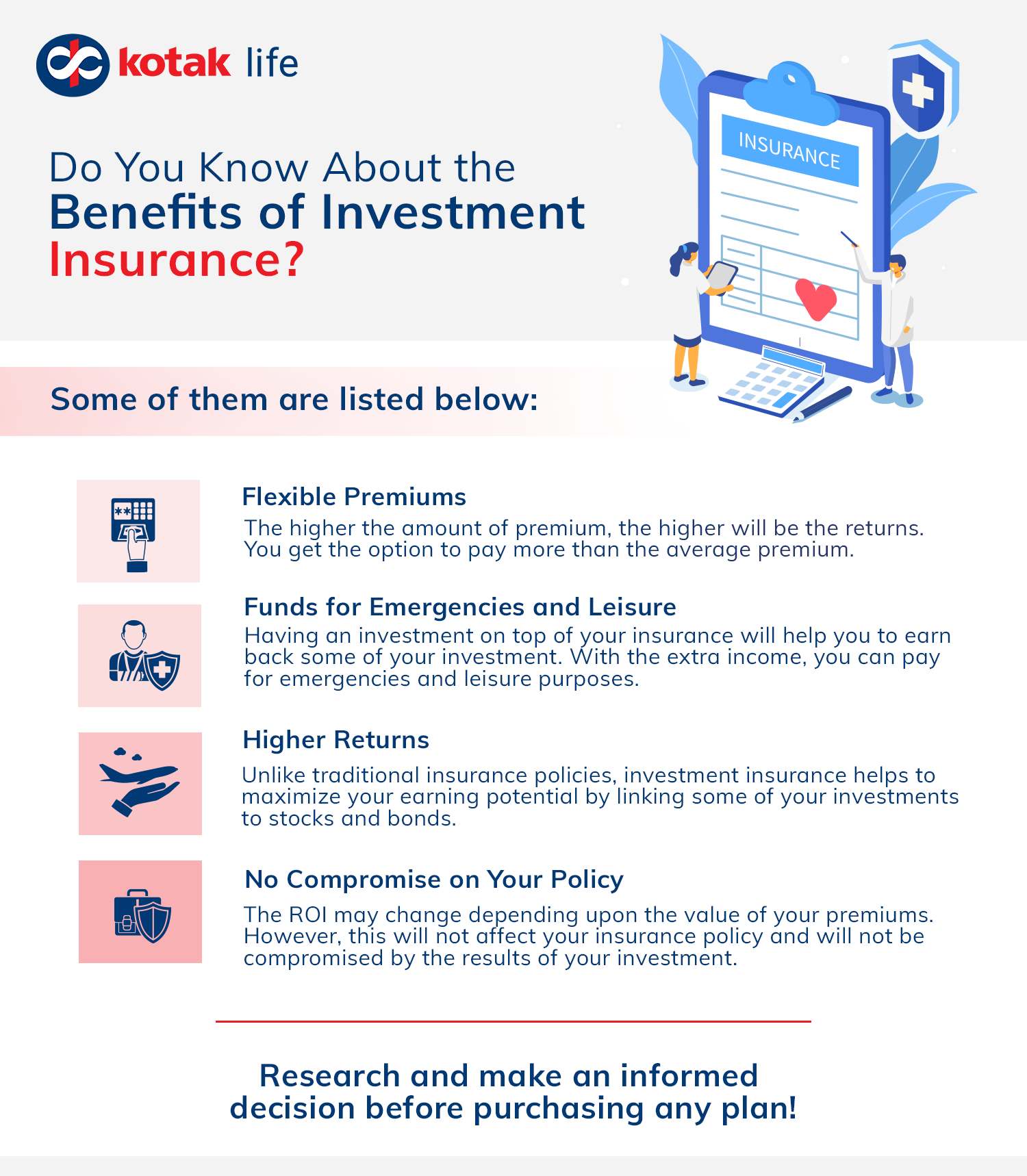Pacific Prime Things To Know Before You Get This
Pacific Prime Things To Know Before You Get This
Blog Article
The Best Strategy To Use For Pacific Prime
Table of ContentsThe Buzz on Pacific PrimePacific Prime Fundamentals ExplainedEverything about Pacific PrimeThe 15-Second Trick For Pacific PrimeThe Basic Principles Of Pacific Prime

This is due to the fact that the information were gathered for a period of strong financial efficiency. Of the estimated 42 million people that were without insurance, almost about 420,000 (regarding 1 percent) were under 65 years old, the age at which most Americans become qualified for Medicare; 32 million were adults in between ages 18 and 65, around 19 percent of all adults in this age; and 10 million were youngsters under 18 years old, regarding 13.9 percent of all kids (Mills, 2000).
These price quotes of the variety of persons without insurance are created from the yearly March Supplement to the Present Population Study (CPS), conducted by the Census Bureau. Unless or else kept in mind, national quotes of individuals without medical insurance and percentages of the populace with different type of coverage are based on the CPS, one of the most widely utilized resource of price quotes of insurance policy coverage and uninsurance prices.
Some Known Details About Pacific Prime

Still, the CPS is specifically beneficial due to the fact that it produces annual estimates reasonably rapidly, reporting the previous year's insurance policy coverage estimates each September, and because it is the basis for a regular collection of price quotes for more than twenty years, permitting analysis of trends in coverage gradually. For these reasons, along with the comprehensive use the CPS in other studies of insurance policy protection that are provided in this record, we depend on CPS quotes, with constraints noted.

The quote of the number of without insurance individuals broadens when a populace's insurance status is tracked for a number of years. Over a three-year period starting early in 1993, 72 million people, 29 percent of the united state populace, were without insurance coverage for at the very least one month. Within a single year (1994 ), 53 million people experienced at the very least a month without protection (Bennefield, 1998a)
Six out of every ten uninsured adults are themselves employed. Although working does enhance the probability that a person and one's family participants will certainly have insurance coverage, it is not an assurance. Also participants of households with two full time breadwinner have nearly a one-in-ten possibility of being uninsured (9.1 percent uninsured price) (Hoffman and Pohl, 2000).
Pacific Prime for Dummies
New immigrants make up a considerable proportion of people without medical insurance. One evaluation has connected a substantial portion of the current development in the size of the united state without insurance population to immigrants who arrived in the country in between 1994 and 1998 (Camarota and Edwards, 2000). Current immigrants (those that pertained to the United States within the previous four years) do have a high price of being uninsured (46 percent), however they and their youngsters account for simply 6 percent of those without insurance nationally (Holahan et al., 2001).
The partnership in between wellness insurance coverage and accessibility to care is well developed, as recorded later in this chapter. Although the relationship in between health insurance coverage and wellness outcomes is neither straight neither straightforward, a comprehensive clinical and health services research literature web links health insurance coverage to enhanced access to care, far better high quality, and enhanced individual and population health and wellness condition.
Degrees of evaluation for taking a look at the effects of uninsurance. It concentrates especially on those without any health and wellness insurance policy for any size of time.
Pacific Prime Fundamentals Explained
The issues dealt with by the underinsured are in some aspects comparable to those encountered by the without insurance, although they are typically much less serious. Health insurance coverage, however, is neither required neither enough to get access to clinical solutions. The independent and direct effect of wellness insurance protection on access to wellness solutions is well established.
Others will acquire the healthcare they require also without health and wellness insurance, by paying for it out of pocket or seeking it from suppliers that use care free or at highly subsidized rates. For still others, medical insurance alone does not make sure receipt of treatment due to other nonfinancial barriers, such as an absence of healthcare providers in their area, limited accessibility to transport, illiteracy, or linguistic and social distinctions.
Not known Facts About Pacific Prime
Formal research about without insurance populaces in the USA dates to the late 1920s and very early 1930s when the Board on the Cost of Medical Care produced a collection of records regarding view funding physician office gos to and hospitalizations. This concern became significant as the numbers of medically indigent climbed throughout the Great Anxiety.
Report this page